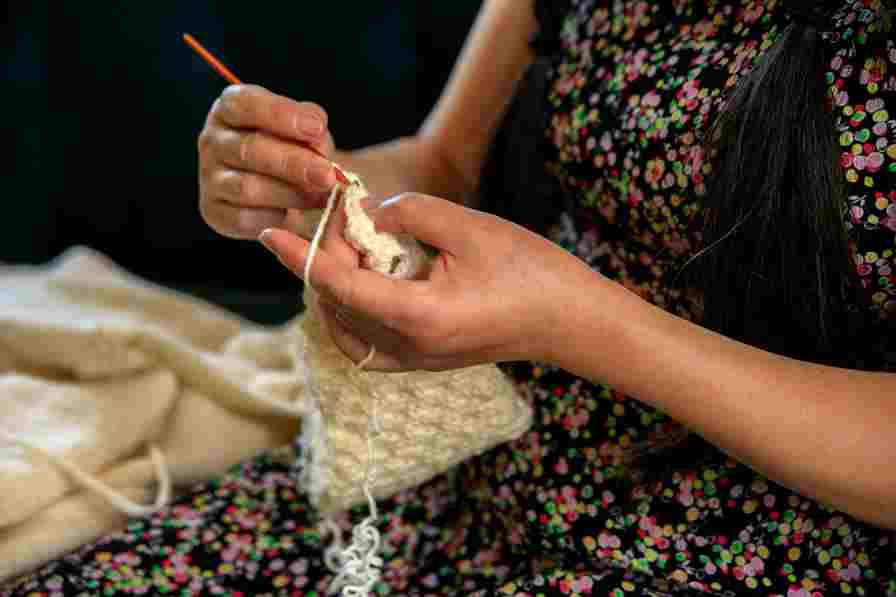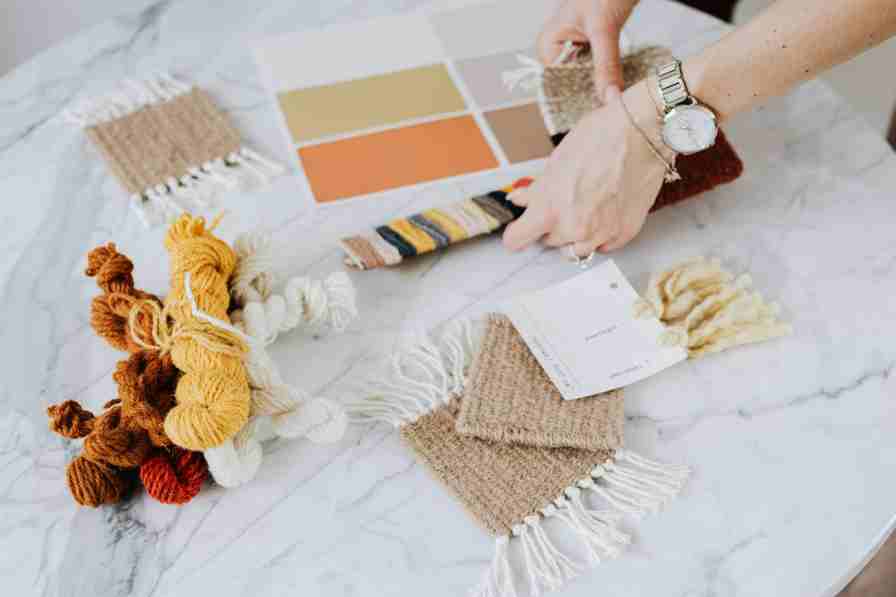
Table of Contents
Introduction
Käämyäjä is a traditional Finnish craft and an exciting character in Finnish stories. This article will show you the history, methods, importance in culture, and modern role of käämyäjä. We’ll look at the craft of making detailed wooden items and the mythical trickster that has amused and taught people for generations.
The Craft of Käämyäjä
History and Origins
Käämyäjä is a craft that started in the rural areas of Finland. People made valuable items from birch and pine trees found in Finnish forests. These items included utensils, furniture, and decorations. Over time, artisans made more complex designs, showing their skill and creativity.
The history of this culture is connected to the farming lifestyle of early Finns. With long, harsh winters and many forests, people learned to use natural resources well. Birch and pine were popular because they were easy to find and had good wood. The tools used were simple but effective, often made by the artisans.
This culture was not just for practical use; it also had cultural and artistic value. The designs became more detailed, showing patterns and motifs inspired by nature and spiritual beliefs. Over the centuries, This culture items became a symbol of Finnish heritage, representing the bond between people, nature, and tradition.
You can also read about – Lasée: A Symphony Of Tradition And Innovation Unveiled
You can also read our latest post
Materials and Tools
In this culture, they use birch and pine wood because they’re easy to work with and look nice. Birch has a light and smooth feel, whereas pine is sturdy with a textured surface. Artists employ knives and saws for crafting and embellishing the wood.
- Carving: Carving is the primary skill in this culture. Skilled workers use special tools to make detailed designs. It needs careful work because even a tiny mistake can ruin the design.
- Sanding and Finishing: After carving, the items are smoothed using sandpaper to make them feel nice. Finishing means adding oils, waxes, or natural colours to keep the wood safe and look better. Sometimes, people use paints to add colour too.
To make a käämyäjä item, first, the artisan picks the right piece of wood by looking at its grain and texture. They cut and shaped the wood carefully with saws and knives. Then, they carve the rough shape to make the design look natural.
Next, they sand the item to make it smooth and shiny, removing rough parts. They may use different types of sandpaper for this. Finally, they apply oils or waxes to protect the wood and make it look beautiful. Sometimes, they also use paints to add colour to the design.
Design Elements
Nature, stories, and myths from Finland inspire Käämyäjä designs. They often use patterns like leaves, flowers, animals, and shapes. These designs look nice and also have cultural meanings.
Nature is essential in this culture design. Finland’s forests, lakes, and animals give artists lots of ideas. Leaves and flowers mean growth, while animals show qualities like strength or wisdom. Shapes from old symbols make the designs feel balanced.
The patterns in käämyäjä have meanings. For example, a bear design might mean bravery, and circles might show life’s cycle. These meanings make the items more special than just pretty decorations.
The Folklore of Käämyäjä
The Mythical Trickster
In Finnish stories, there’s a tricky character called Käämyäjä. It likes to play clever tricks and change its shape to look like different things, like animals or objects. This makes it fun and naughty.
Trickster characters are familiar in stories from many places. this culture is Finland’s version, always doing things that are surprising and clever. Its tricks are not mean; they usually teach important lessons or show hidden truths.
One unique thing about this culture is its ability to change how it looks. This helps it move around and do different things, fitting in or standing out when it wants to. By being different shapes, This culture helps us think in new and exciting ways.
Popular Tales
In one famous story, a clever character named Käämyäjä tricks a greedy landowner who wants to harm the forest. By turning into different animals and creating tricks, Käämyäjä saved the forest. Another story is about Käämyäjä leading hunters on a chase, only to surprise them and disappear.
These stories show how Käämyäjä protects nature and challenges greed. In the first story, Käämyäjä uses tricks to save the forest from harm. In the second story, This culture plays tricks on the hunters to teach them a lesson about respecting nature.
Symbolism and Themes
Käämyäjä is a clever character who teaches us about balance and learning from mistakes. Its tricks remind us to respect nature and not be too greedy or proud. Käämyäjä can change its shape, showing us that life can change, too.
When this culture plays tricks, it helps people see their faults so they can improve. This teaches us to see ourselves and the world differently. Käämyäjä’s tricks also talk about how we should be humble, wise, and connected to nature.
The stories about this culture also talk about being able to adapt and change. By changing shape, Käämyäjä shows us how life is constantly changing. This reminds us to be unshut to new things and not be scared of what we don’t know. Käämyäjä waffly shape is like how people grow and transpire during life.
Cultural Significance
Role in Finnish Society
Käämyäjä, historically, was critical in Finland. Their handmade things were used every day and for special events. The käämyäjät, who made these items, were respected in their towns. Their work wasn’t just helpful but also kept Finnish traditions alive.
this culture items were crucial in Finnish homes. Tools, furniture, and decorations were needed for daily life and celebrations. These things were often passed down in families, becoming treasures with stories from the past.
The käämyäjät, or crafters, were admired for their talent and ideas. They were seen as guardians of tradition, keeping old methods and designs alive. Their work made the community proud and showed off Finland’s rich culture.
Preservation and Promotion
“Efforts are being made to keep the craft of käämyäjä alive. Organizations in Finland offer classes and workshops to teach the craft to new generations. Museums and cultural festivals also display käämyäjä items, showing their historical and artistic value.
Preservation efforts focus on passing down the traditional skills and knowledge of käämyäjä. Workshops and classes give hands-on training to new artisans, ensuring the techniques and designs are not lost. These programs often include lessons from expert käämyäjät, who share their knowledge and love for the craft.
Museums and cultural festivals are essential for spreading awareness about this culture to more people. Exhibits and demonstrations show the beauty and complexity of this culture items, highlighting their cultural importance. These events also let artisans share their work and stories with the public.”

Modern Relevance
Contemporary Applications
Modern artisans are discovering new ways to use traditional käämyäjä techniques. They make furniture, decorations for homes, jewellery, and stylish accessories that mix old methods with the latest designs. This has made käämyäjä more popular with people all over the world.
Mixing old techniques with modern styles has created new options for this culture. Artisans try different materials, colours, and shapes to make unique and clever things. This keeps the craft exciting and brings in younger and more varied audiences.
Modern käämyäjä items often have simple and contemporary designs that look good with today’s styles. You can find these pieces in homes, offices, and art galleries worldwide, showing how flexible and timeless käämyäjä is. By staying up-to-date with modern tastes and trends, käämyäjä keeps growing and doing well.
Global Influence
Käämyäjä is well-known around the world as a symbol of Finnish skill and design. It follows Finnish design ideas like being simple, practical, and connected to nature. This has made Finnish artists popular globally.
People love käämyäjä because it mixes old traditions with new ideas. Its detailed designs and excellent craftsmanship appeal to those who like natural and artistic things. Because of this, This culture items are now valuable and are often given as unique presents, showing Finland’s rich culture.
This culture influence goes beyond just its items. Finnish design ideas inspire designers and artists everywhere, like simplicity, usefulness, and a solid connection to nature. Käämyäjä shows these ideas in action, encouraging others to make designs that are meaningful and good for the environment.
Conclusion
Käämyäjä is important in Finnish culture as both a craft and a figure in stories. Skilled artists make detailed wooden items, and käämyäjä in folklore is a clever character who teaches us about tradition, nature, and being able to change. Keeping this culture alive helps us remember and enjoy this unique part of Finland’s history. Whether you like handmade things, stories, or learning about different cultures, käämyäjä shows the heart of Finland. Supporting this tradition is a way to honour the past and help creativity in the future.
FAQs
What is Käämyäjä?
this culture is a unique craft and a character in Finnish stories. It’s about making detailed wooden items and enjoying playful tales about a clever figure.
What does Käämyäjä mean?
This culture shows how vital tradition, nature, and being able to change are in Finland. It’s about making things by hand and sharing stories that are part of Finnish history.
Why is this culture important?
This culture is essential because it connects Finnish traditions, creativity, and stories. It’s a way to appreciate nature, old tales, and what makes Finland unique.
What can we learn from this culture?
This culture teaches us to value tradition, enjoy handmade crafts, and appreciate old stories. It also reminds us to care for nature and embrace different cultures.
How can we support this culture?
Supporting this culture means buying handmade wooden items from Finnish artists, sharing stories about Käämyäjä, and joining events that celebrate Finnish culture and craft


